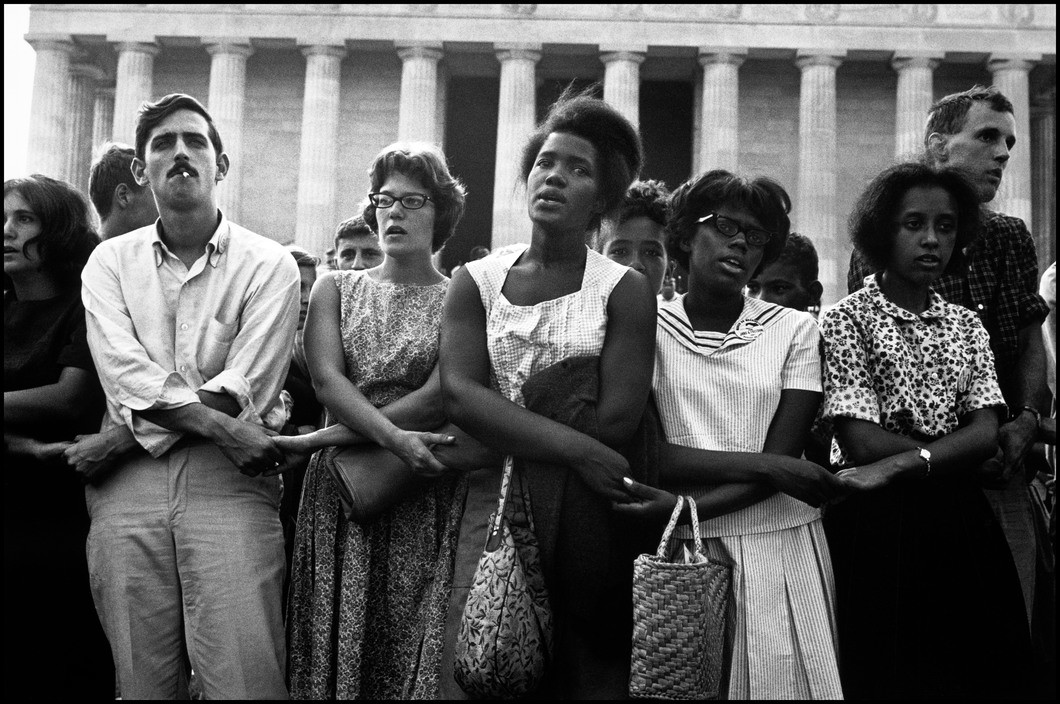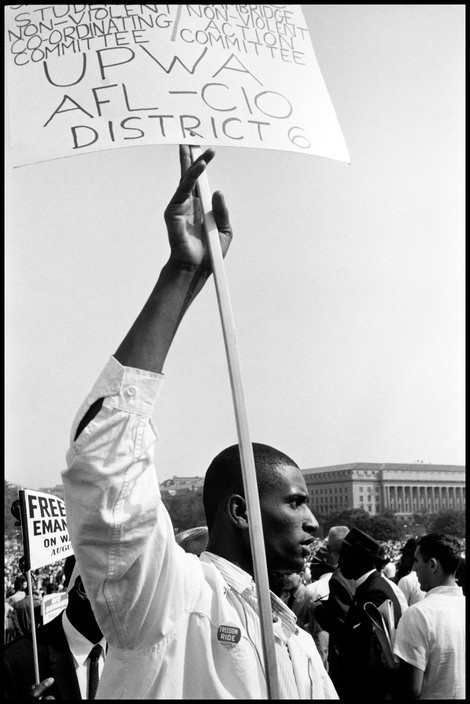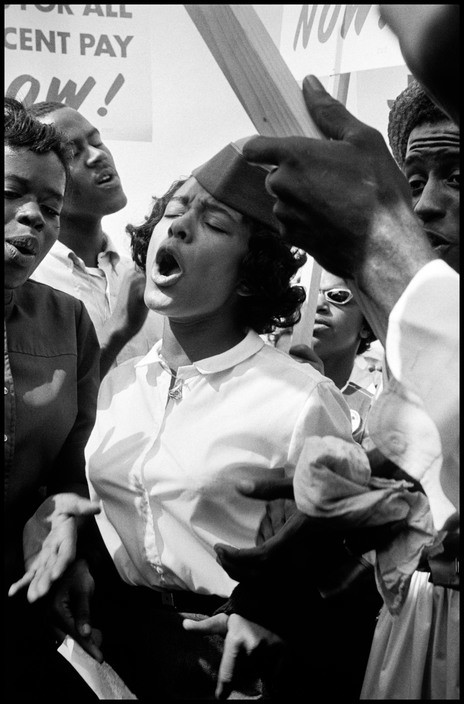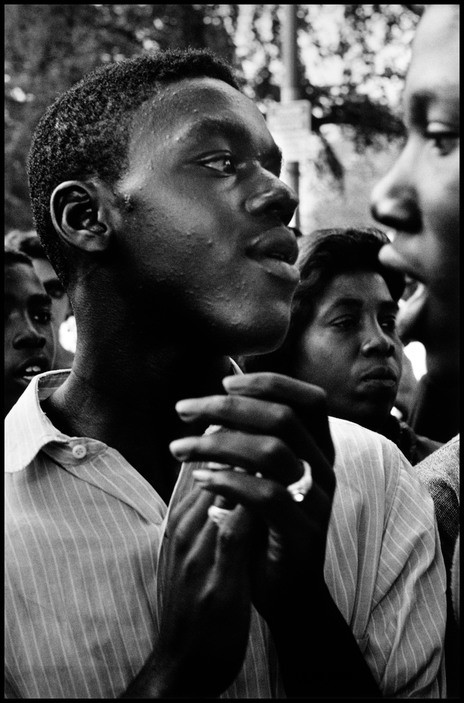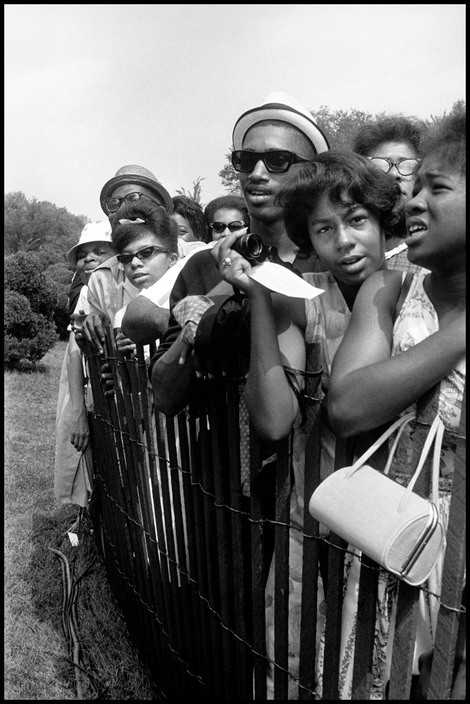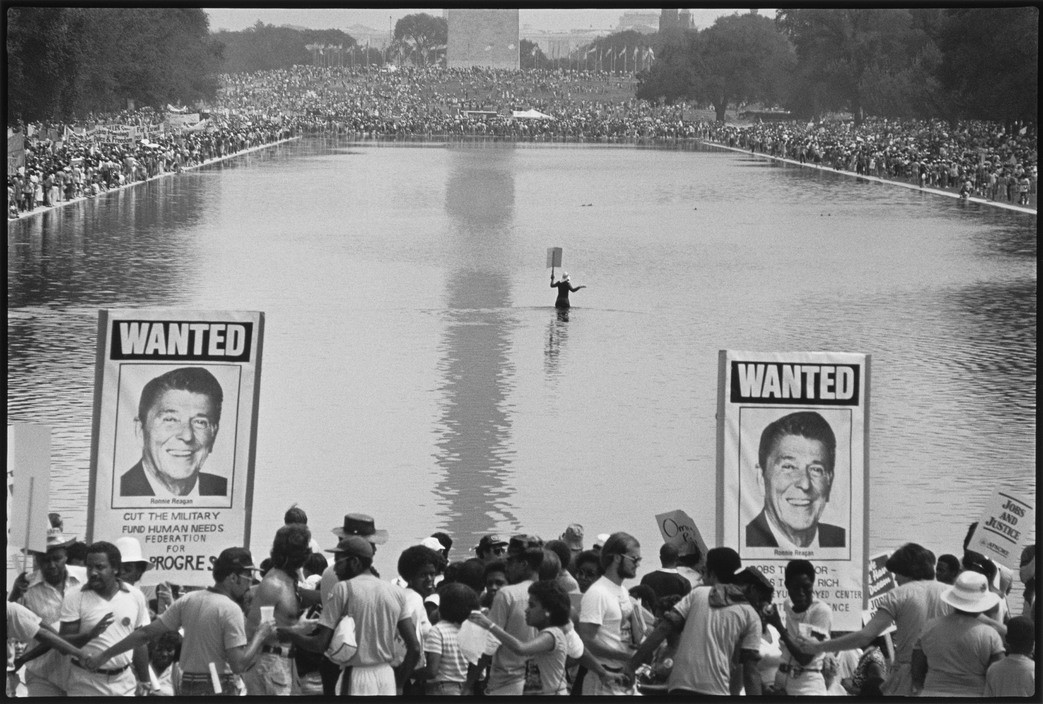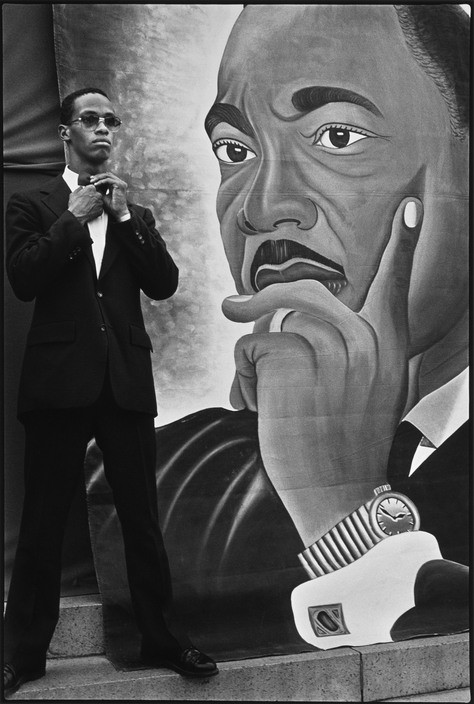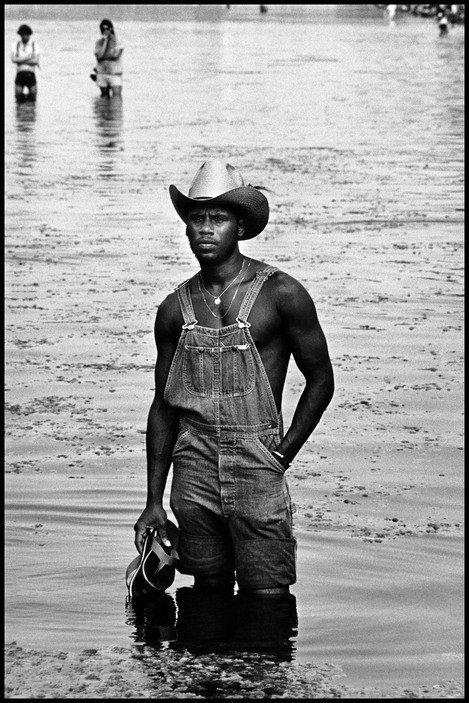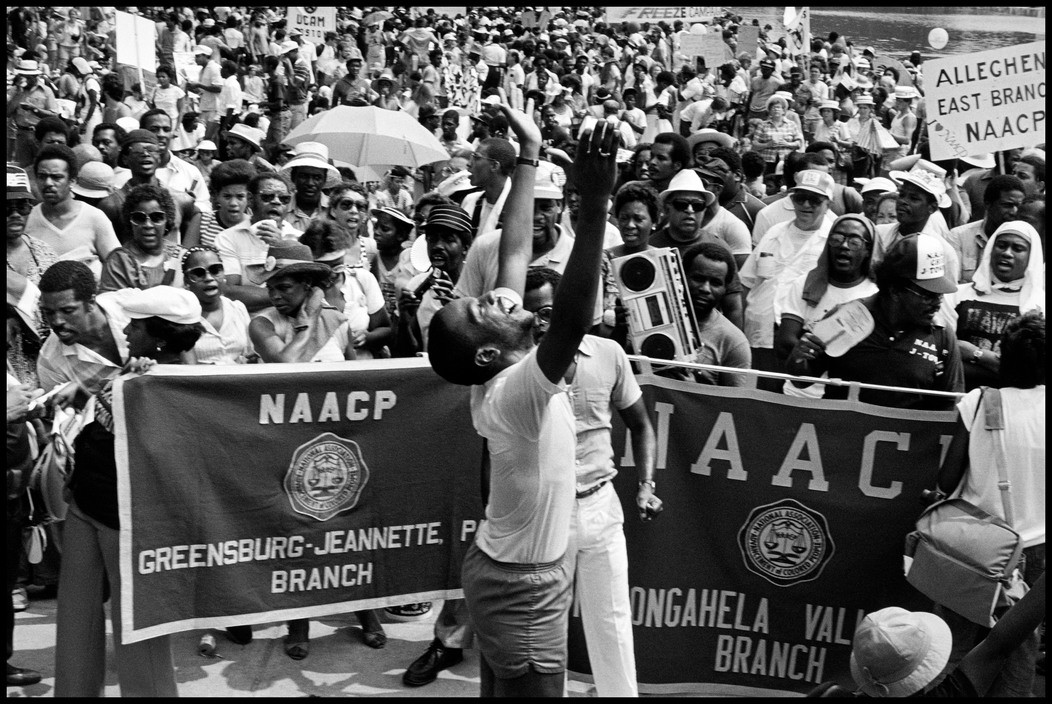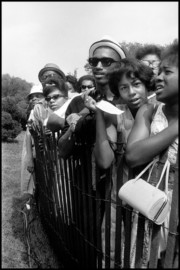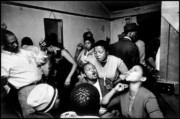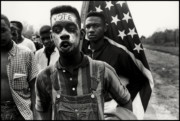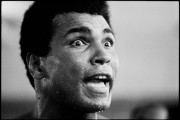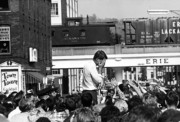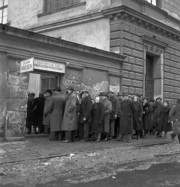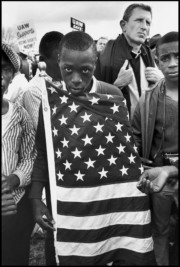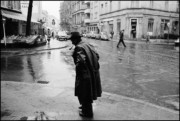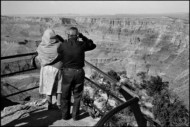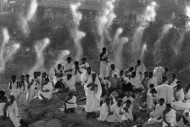This is the Day: The March on Washington
The day Martin Luther King Jr delivered his iconic 'I have a dream' speech captured by American photographer Leonard Freed
August 28, 1963 was a historical day for democracy in America. More than 250,000 people gathered at the National Mall in Washington, D.C., to mount a peaceful protest demanding equal rights and economic equality for African Americans. Led by a contingent of civil rights organizations, the March on Washington for Jobs and Freedom called for the desegregation of public schools, protection of the right to vote, and a federal program to train and place unemployed workers. This historic demonstration ultimately led to the passage of the Civil Rights Act of 1964 and soon became the iconic expression of social protest that inspired the women’s rights movement, as well as rights for the disabled and other disenfranchised groups, and serves to this day as a blueprint for democratic action.
This Is the Day: The March on Washington, (published by Getty Publications in February 2013 to coincide with Black History Month and the 50th anniversary of the march), presents Magnum photographer Leonard Freed’s powerful visual testimony of the event that culminated in Dr. Martin Luther King Jr.’s prophetic I Have a Dream speech, delivered at the base of the Lincoln Memorial.
The 75 photographs in this powerful volume, most of them never before published, were chosen from hundreds of images Freed made in the nation’s capital the day before, during, and after the march. These images present spectacular wide-angle views of the hundreds of thousands of marchers overflowing the National Mall, intimate group portraits of people straining to see the speakers, and tight close-ups of individual faces filled with hope and yearning, as epitomized by a young woman who throws her entire being into singing ‘We Shall Overcome‘.
Freed’s images reveal the powerful impact of the march, which took place in the midst of the civil rights movement when racial inequities were being most painfully exposed to the nation and the world. Freed’s holistic approach to photographing the events of this historic day is revealed in the details he chose. In the hours before the march, he photographed the area surrounding the Mall as people arrived in buses and cars, protest signs were stacked in preparation for distribution, policemen took up their posts, and people passed by the famed Ford Theatre, where a sign read ‘House Where Lincoln Died’. With the Washington Monument, the Reflecting Pool, and the Lincoln Memorial as his visual anchors, Freed photographed the massive crowd as it gathered and swelled, and then went in tight to capture groups of marchers chanting and singing in their Sunday-best, a range of individual expressions, and the interplay of text and image on placards. He photographed well into the evening when the remaining marchers linked hands for a final rendition of ‘We Shall Overcome,’ and the aftermath as the crowds dispersed and the visual remains of this history-making event were reduced to placard scraps blanketing the ground.
Freed would return to the National Mall numerous times to photograph other marches and rallies, including Vietnam War protests. In 1964, he photographed individual African Americans exercising their right to vote for the first time, and in the same year made an iconic photograph–reproduced in the book–of Dr. Martin Luther King Jr. being celebrated in a Baltimore motorcade after receiving the Nobel Peace Prize. This Is the Day also includes a selection of Freed’s images from the 20th Anniversary March of 1983. These photographs, which reveal a more casual trend in American style and dress, from the dark suits and pearls of 1963 to T-shirts and shorts in 1983, show a youthful Jesse Jackson three months before he declared he would run for president and placards calling for President Reagan to cut the military budget.
Freed was born in Brooklyn, New York on October 23, 1929, to a working-class Jewish family of Eastern European descent and strong social values. Working in Germany in the 1960s Freed photographed a black soldier standing before the Berlin Wall and was struck by the realization that while this soldier was defending freedom in Europe, his brothers and sisters were fighting for their freedom at home. This thought inspired him to return to the United States and produce a photo-essay examining the daily life of blacks across America, from the East Coast to the Deep South. His resulting photo-essay culminated in the book Black in White America, first published in 1967/68 and reissued in 2010 by Getty Publications. It was during this project that Freed photographed the March on Washington. After Freed’s death in 2006 his widow, Brigitte, was inspired to compile a book on the March on Washington from her late husband’s archive when she heard then-Senator Barack Obama remark to an audience of civil rights activists, “I stand here because you walked”.
Accompanying the photographs are a first-hand, backstage account of the preparations leading up to the march by civil rights activist and author Julian Bond; an introduction to the importance of the march, and Dr. King’s involvement, by sociology professor and author Michael Eric Dyson, and an informative discussion of Freed’s approach to the photographic project by scholar Paul Farber.


